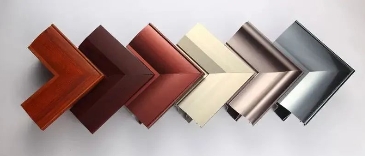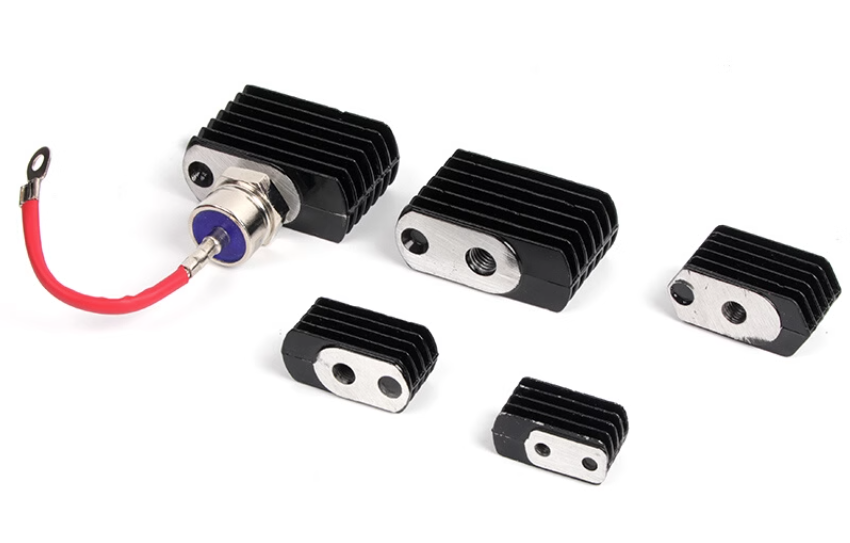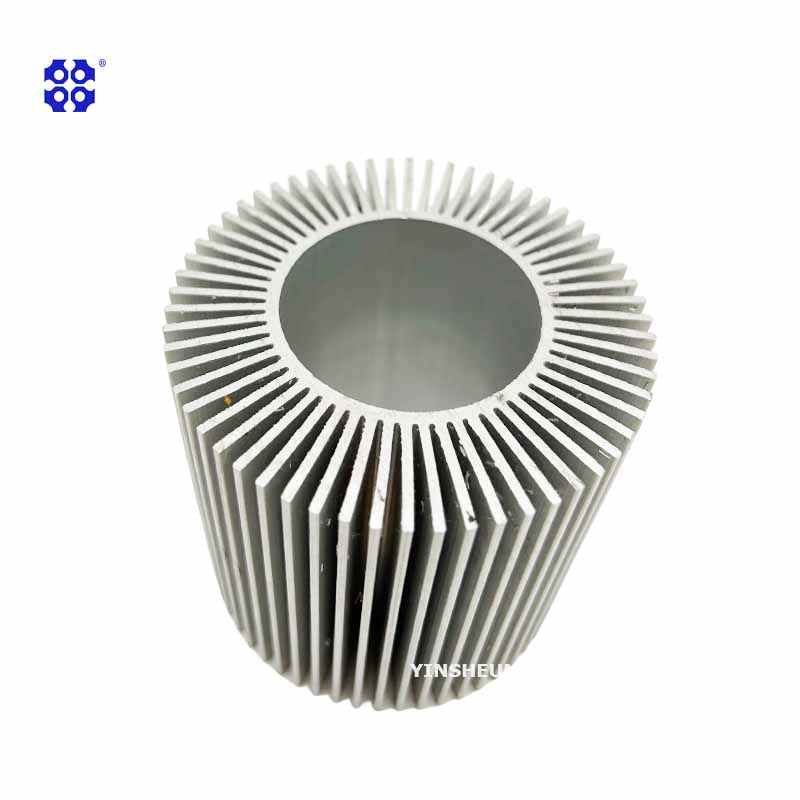

Environmentally friendly chemical polishing of aluminum profile


Aluminum profiles for heat dissipation fins
1. Quality requirements for ingots
2. Requirements for molds
3. Reduce squeezing force
4. Extrusion process

Five Advantages of Aluminum Anodizing Manufacturers' Products Introduction
1. Bottom layer for spray painting and electroplating.
2. Prevention of product corrosion.
3. Protection and decoration.
4. As a hard wear-resistant layer.
5. As an insulation layer for electricity:.

The traditional surface pre-treatment process for aluminum profiles with sand surface is to use chemical sand surface method, which uses alkali etching to form a sand surface on its surface. However, this is an unreasonable process with high aluminum consumption, alkali consumption, and acid consumption.

Industrial aluminum alloy profiles are a common consumable in automated production. Due to their excellent physical properties, they are widely used in industrial automation and have become materials for customized equipment frame brackets and safety fences.

Surface treatment and coloring of aluminum alloy to make it look beautiful and elegant, improve its wear and corrosion resistance, make it more durable, and meet the application of aluminum alloy in modern social decoration.





